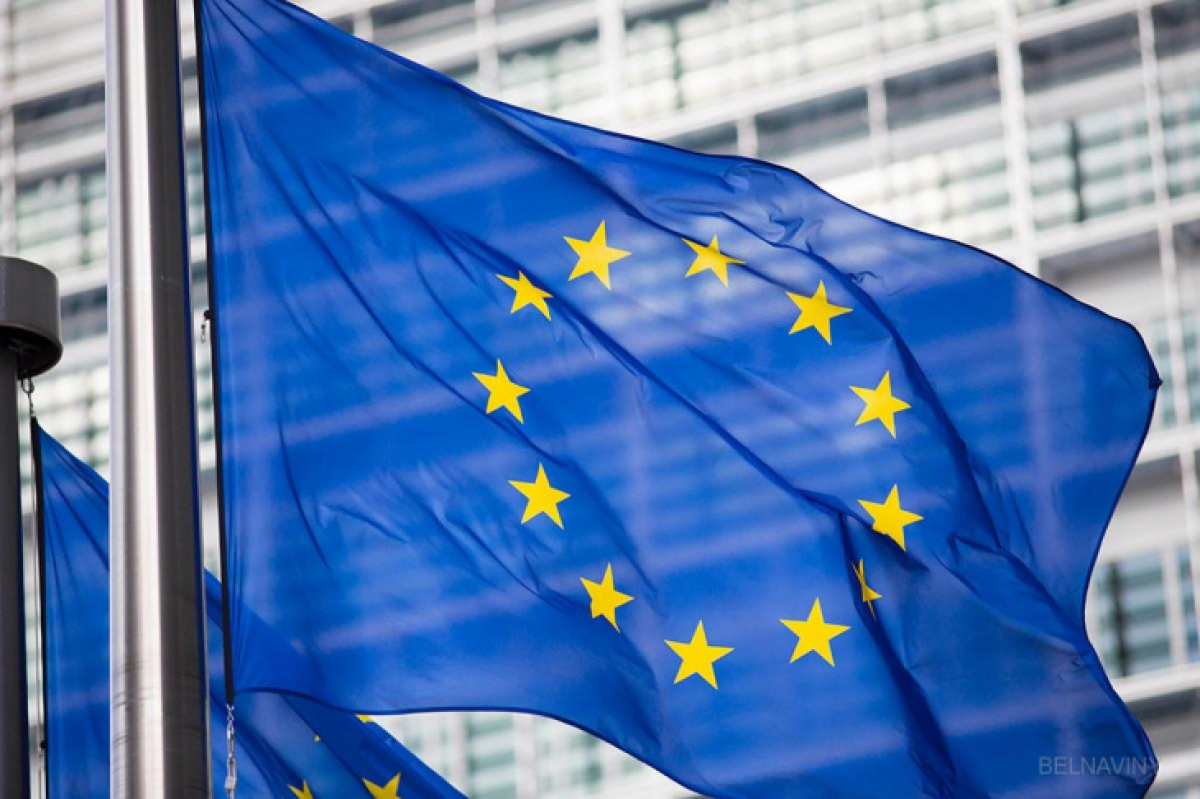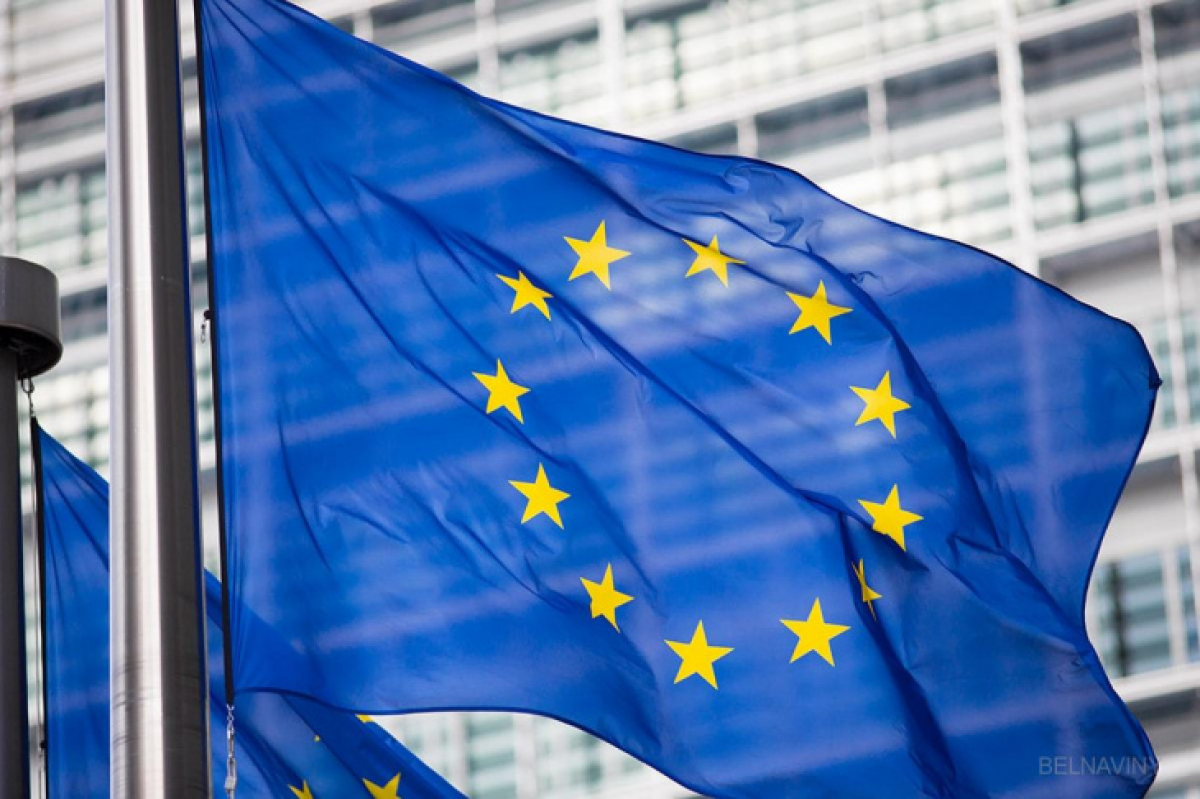EU ready to increase energy efficiency target to eliminate Russian gas
The European Commission is revising the economic assumptions behind its energy and climate laws package presented last year, saying sky-high gas prices fuelled by the war in Ukraine have strengthened the case for more ambitious energy efficiency goals.
Brussels tabled a revision of the energy efficiency directive last year, introducing new targets to reduce primary (39%) and final (36%) energy consumption by 2030, becoming legally binding at the EU level. The current target – of 32.5% overall by 2030 – is non-binding, leading to criticism that the European Union was being too soft on enforcement.
“Obviously, the situation has changed because we are now unfortunately in a world of higher energy prices,” said Claudia Canevari, an EU official heading the unit in charge of energy efficiency at the European Commission.
“The Commission is looking into how a higher energy efficiency target could be substantiated,” Canevari told participants at a EURACTIV event held earlier this month.
Discussion on the recast directive is currently ongoing in the European Parliament and the EU Council of Ministers, “so it is important to provide the scientific support to the extent possible so that both co-legislators can agree on more ambitious targets,” Canevari added.
Previous estimates found that the economic potential of energy efficiency gains were 5% lower than the technical potential, meaning it was too costly to aim higher. But with gas prices now likely to remain high long-term, Canevari said those assumptions need to be revised.
“Our assumption is that this gap of five percentage points has reduced. But we still don’t have the full analysis, so we are looking into it,” she said.
In the European Parliament, there is an appetite to aim higher. The lawmaker steering the energy efficiency directive recast, Niels Fuglsang, has proposed “a reduction of 43% for final and 45.5% for primary energy consumption, respectively,” higher than the Commission’s initial proposal.
“The war in Ukraine has shocked everybody and is upsetting everything,” said Eleonora Evi, an Italian lawmaker from the Greens who is drafting the Parliament’s environment committee opinion on the energy efficiency directive.
“The most efficient way to stop Putin’s war is to increase energy efficiency and decrease our energy consumption,” she said, stressing that every percentage point gained in energy efficiency cuts Europe’s gas imports by 2.6%.
“This is tremendous. It gives us an idea of how important it is to talk again and again about energy efficiency,” Evi said at the EURACTIV event.
Heating sector in focus
Europe’s drive to eliminate Russian gas and boost energy efficiency will inevitably impact European consumers, who rely almost 40% on gas to heat their homes.
This could open fresh opportunities for the district heating sector, which utilises a network of underground hot water pipes to deliver heat to entire neighbourhoods in European cities.
District heating networks are considered one of the most efficient ways of supplying heat to households. “All cities with ambitious energy and climate agendas intend to develop district heating,” says Birger Lauersen, the President of Euroheat & Power, the association representing the district heating sector in Brussels.
“By collecting the waste heat from both industry and electricity production and using smart district heating grids, it is possible to save all of the natural gas currently used for heating buildings in Europe,” according to an EU-funded project, which evaluated the potential of industrial waste heat in Europe.
But the sector also has a considerable challenge to wean itself off fossil fuels. In Poland, nearly six million households – out of 14 million – are supplied by district heating systems, according to PGE, the state-owned Polish electricity company. And 70% of that is still done by burning coal, the most polluting fossil fuel.
“The reason why we have used so much gas and coal in district heating is simple – it’s because they were cheaper to run,” says Jan Rosenow, director of European programmes at the Regulatory Assistance Project (RAP), a non-profit group.
“And that has changed: coal and gas have become more expensive, while in the meantime, the cost of renewable electricity and heat pumps have come down,” he told EURACTIV.
District heating is a substantial sector, which is responsible for about 10% of home heating supply in Europe, Rosenow pointed out. “So it’s huge. And most of that is fossil fuel-based. So clearly, there’s potential for replacing fossil fuels, and now also gas increasingly, with renewables.”
The Commission is well aware of this and has put forward new efficiency standards in its proposed revision of the EU’s Energy Efficiency Directive (EED). “In district heating and cooling, the definition of ‘efficient’ systems will gradually be tightened to move away from fossil fuel-based systems,” the Commission explained.
Likewise, under the Commission proposal, combined heat and power plants widely used in district heating systems will no longer be considered “efficient” if they emit more than 270 grammes of CO2 per 1 kilowatt-hour of energy output.
This is expected to drive out coal-fired cogeneration plants and the most inefficient gas ones.
But Warsaw is worried that the standards are too tight and will not give Poland enough time to transition its coal-based district heating systems to gas, which produces about half the global warming emissions of coal.
“We’re going to get fully rid of coal in Poland’s district heating systems by 2030,” said Wanda Buk, vice-president for regulatory affairs at (PGE), which supported the EURACTIV event.
“Decarbonising district heating must be carried out in a reasonable timeframe to maintain uninterrupted heat delivery to businesses and households,” Buk said. “And from a Polish perspective, a must-have in the package is reshaping the definition of efficient district heating systems and the definition of high-efficient cogeneration for gas under the energy efficiency directive,” she insisted.
In fact, the choice of fuel in district heating very much depends on local circumstances, Lauersen says. “Not all countries can replace all of their coal with solar PV or wind turbines, many of them will need some kind of thermal power production. And what is the obvious choice? In a lot of countries, that might be natural gas,” he said.
“Whether natural gas should play a role in the energy transition is not for the district heating sector to decide – it’s a national choice each country will make,” Lauersen told EURACTIV.
For Buk, Poland’s choice of gas as a transition fuel remains a valid one, despite rising prices caused by the war in Ukraine.
“The Polish situation is specific because we are a country which has diversified already” and will continue to diversify in the coming years, Buk said. “We have invested in an LNG terminal” allowing imports from the US “, and now we are carrying on with investment in the Baltic Pipe, which will enable us to provide gas from Norway,” she explained.
“So we are diversified, we are not fully dependent on Russian fossil fuels”.

